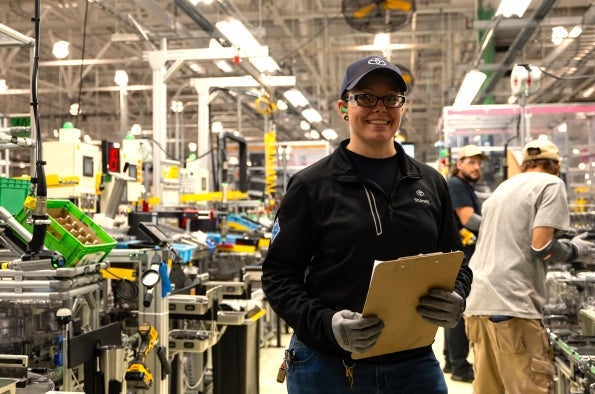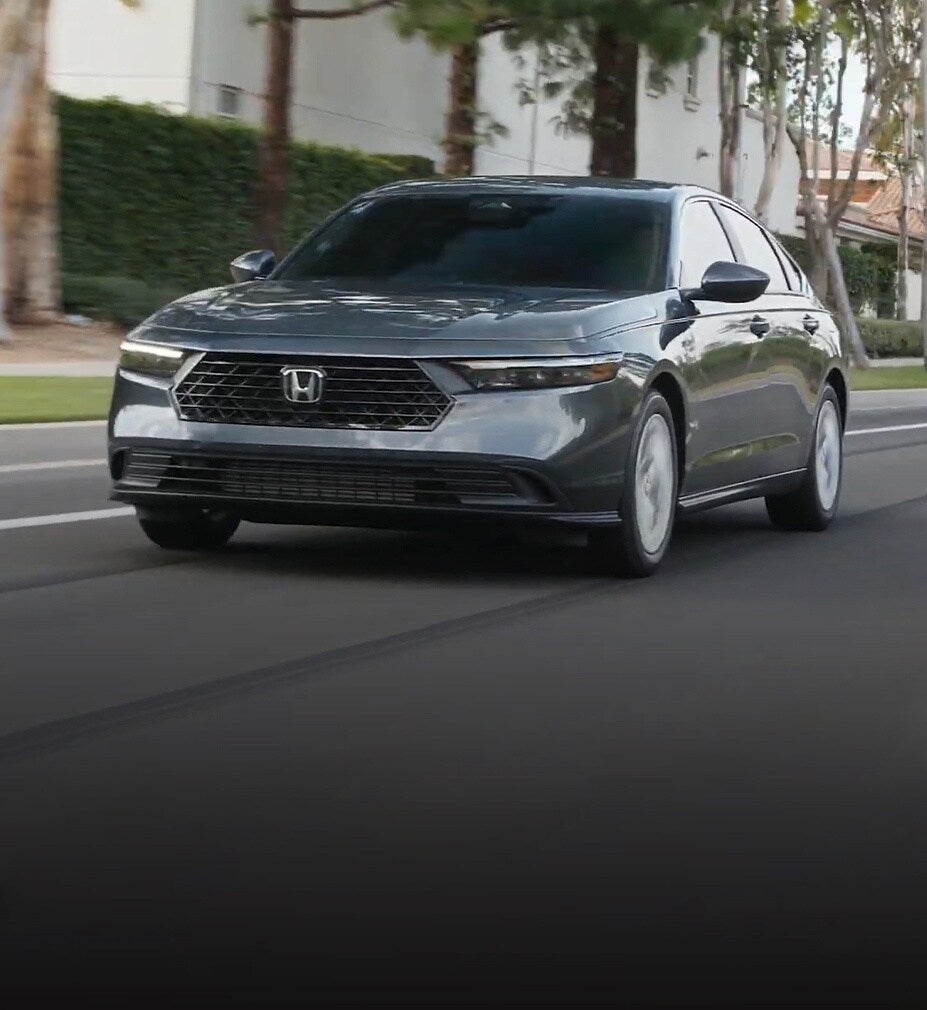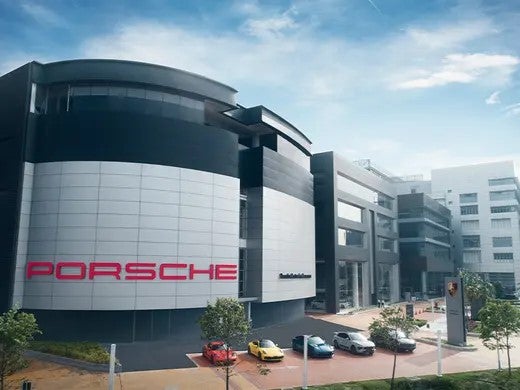The automotive industry continues to be a hotbed of patent innovation. Activity is driven by solid-state batteries that are portable, strong, and long-lasting, and growing importance of technologies such as electromechanical actuators, sensors, electrification, connected and autonomous vehicles. In the last three years alone, there have been over 1.7 million patents filed and granted in the automotive industry, according to GlobalData’s report on Batteries in automotive: silicon-air batteries. Buy the report here.
According to GlobalData’s Technology Foresights, which uses over one million patents to analyze innovation intensity for the automotive industry, there are 300+ innovation areas that will shape the future of the industry.
Silicon-air batteries is a key innovation area in batteries
Silicon has long been a popular choice for lithium-ion battery anodes due to its energy capacity being up to ten times greater than that of the widely used material, graphite. Lithium-ion batteries containing silicon have a 20%-40% higher energy density.
GlobalData’s analysis also uncovers the companies at the forefront of each innovation area and assesses the potential reach and impact of their patenting activity across different applications and geographies. According to GlobalData, there are 30+ companies, spanning technology vendors, established automotive companies, and up-and-coming start-ups engaged in the development and application of silicon-air batteries.
Key players in silicon-air batteries – a disruptive innovation in the automotive industry
‘Application diversity’ measures the number of applications identified for each patent. It broadly splits companies into either ‘niche’ or ‘diversified’ innovators.
‘Geographic reach’ refers to the number of countries each patent is registered in. It reflects the breadth of geographic application intended, ranging from ‘global’ to ‘local’.
Patent volumes related to silicon-air batteries
| Company | Total patents (2021 - 2023) | Premium intelligence on the world's largest companies |
| China Baoan Group | 31 | Unlock Company Profile |
| Taiheiyo Cement | 41 | Unlock Company Profile |
| Nippon Steel | 39 | Unlock Company Profile |
| Parjointco | 20 | Unlock Company Profile |
| Toyota Motor | 259 | Unlock Company Profile |
| Umicore | 171 | Unlock Company Profile |
| SK Innovation | 25 | Unlock Company Profile |
| Samsung SDI | 97 | Unlock Company Profile |
| Robert Bosch Stiftung | 26 | Unlock Company Profile |
| Shin-Etsu Chemical | 528 | Unlock Company Profile |
| Nissan Motor | 35 | Unlock Company Profile |
| Marubeni | 21 | Unlock Company Profile |
| Hitachi | 25 | Unlock Company Profile |
| CEA | 24 | Unlock Company Profile |
| Centre National de la Recherche Scientifique | 38 | Unlock Company Profile |
| Toyota Industries | 42 | Unlock Company Profile |
| Panasonic | 92 | Unlock Company Profile |
| General Motors | 26 | Unlock Company Profile |
| Sharp | 72 | Unlock Company Profile |
| Resonac | 45 | Unlock Company Profile |
| LG | 324 | Unlock Company Profile |
| JNC | 110 | Unlock Company Profile |
| Furukawa Electric | 74 | Unlock Company Profile |
| OSAKA Titanium Technologies | 89 | Unlock Company Profile |
| Mitsui Mining & Smelting | 20 | Unlock Company Profile |
| Hydro-Quebec | 58 | Unlock Company Profile |
| POSCO | 35 | Unlock Company Profile |
| DR. Alexander Wacker Familiengesellschaft MIT Beschraenkter Haftung | 153 | Unlock Company Profile |
| Contemporary Amperex Technology | 74 | Unlock Company Profile |
| Semiconductor Energy Laboratory | 71 | Unlock Company Profile |
| Enevate | 28 | Unlock Company Profile |
| Samsung Group | 68 | Unlock Company Profile |
| Nexeon | 198 | Unlock Company Profile |
| Group14 Technologies | 26 | Unlock Company Profile |
| Dae Joo Electronic Materials | 24 | Unlock Company Profile |
| The French Alternative Energies and Atomic Energy Commission | 43 | Unlock Company Profile |
| Ministry of Economy, Trade and Industry, Japan | 50 | Unlock Company Profile |
Source: GlobalData Patent Analytics
Shin-Etsu Chemical is the top patent filer in silicon-air batteries. The company enables large EV customers to optimize anode materials and cell designs and produce EV battery packs required for commercial qualifications by providing access to dedicated pilot facilities. LG, Toyota Motor, Nexeon, and Umicore are some of the other leading patent filers.
In terms of application diversity, Nexeon held the top position, while Sharp and Enevate stood in second and third positions, respectively. By means of geographic reach, Hydro-Quebec leads the pack, followed by JNC and Sharp.
To further understand the key themes and technologies disrupting the automotive industry, access GlobalData’s latest thematic research report on Automotive.
Data Insights
From

The gold standard of business intelligence.
Blending expert knowledge with cutting-edge technology, GlobalData’s unrivalled proprietary data will enable you to decode what’s happening in your market. You can make better informed decisions and gain a future-proof advantage over your competitors.







